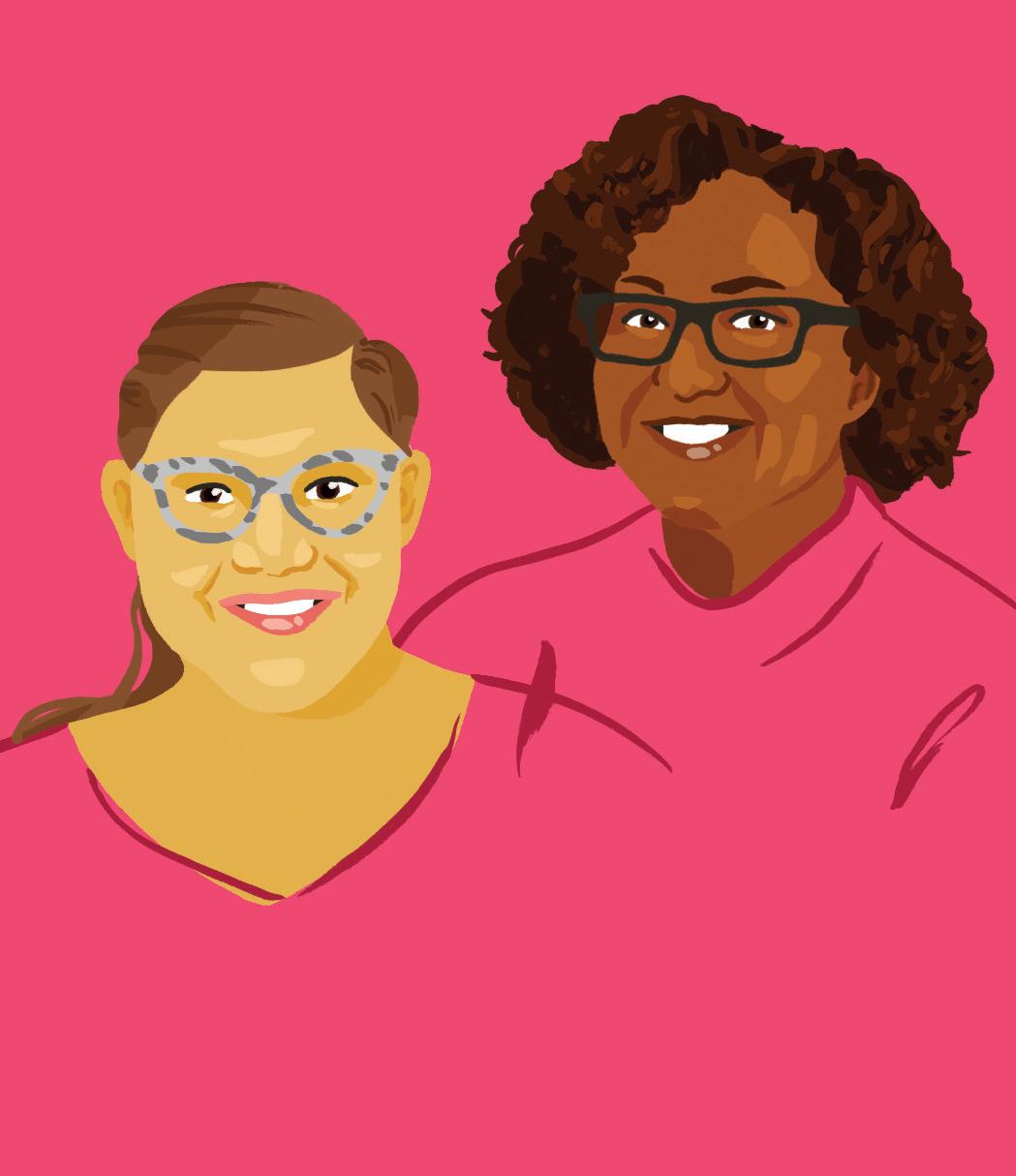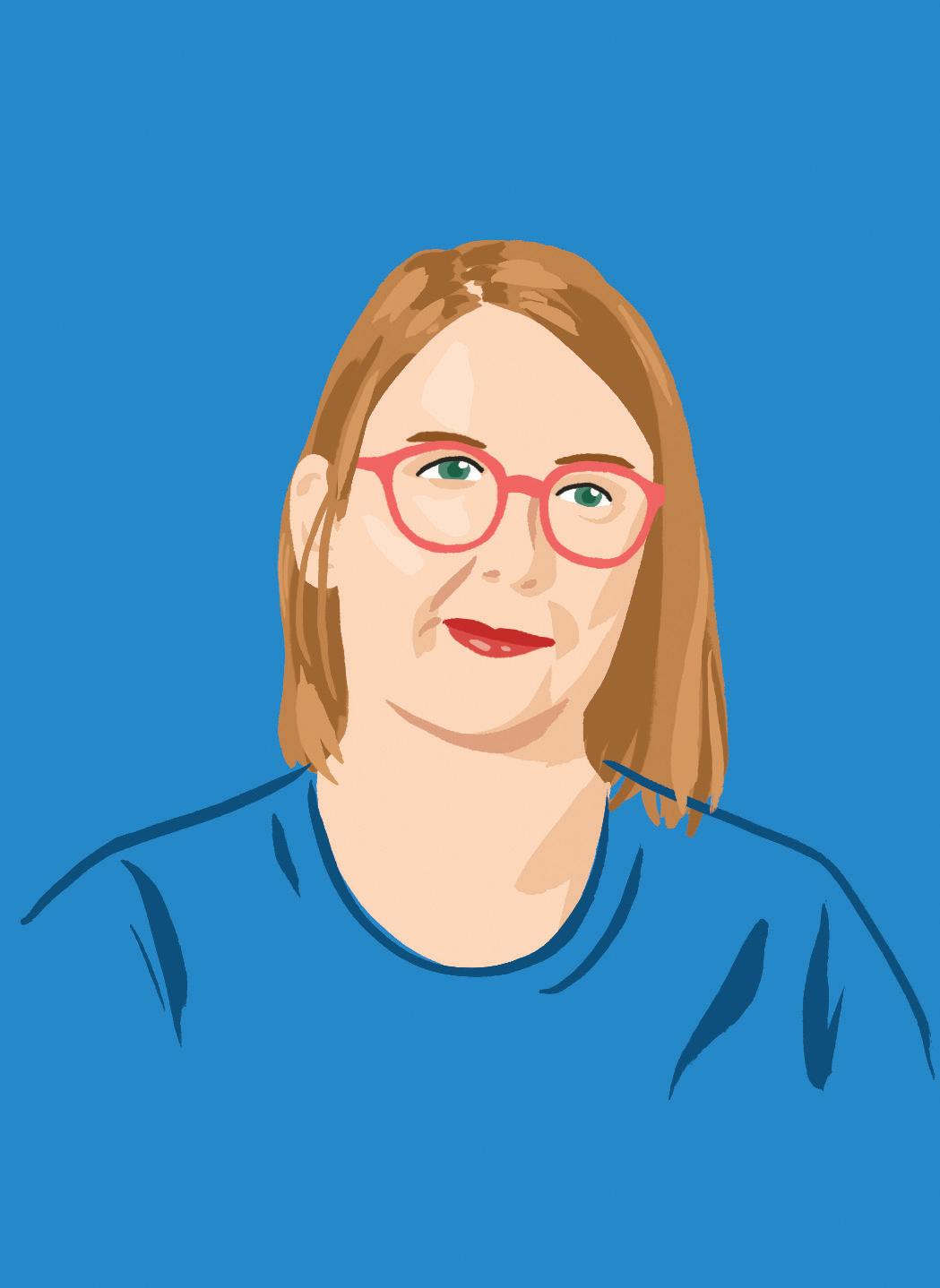.......... .......... .......... .......... .......... .......... .......... .......... .......... .......... .......... .......... .......... .......... .......... .......... .......... .......... .......... .......... .......... .......... .......... .......... .......... .......... .......... .......... .......... .......... .......... .......... .......... .......... .......... .......... .......... .......... .......... .......... .......... .......... .......... .......... .......... .......... .......... .......... .......... .......... .......... .......... .......... .......... .......... .......... .......... .......... .......... .......... .......... .......... .......... .......... .......... .......... .......... .......... .......... .......... .......... .......... .......... .......... .......... .......... .......... .......... .......... .......... .......... .......... .......... .......... .......... .......... .......... .......... .......... .......... .......... .......... .......... .......... .......... .......... .......... .......... .......... .......... .......... .......... .......... .......... .......... .......... .......... .......... .......... .......... .......... .......... .......... .......... .......... .......... .......... .......... .......... .......... .......... .......... .......... .......... .......... .......... .......... .......... .......... .......... .......... .......... .......... .......... .......... .......... .......... .......... .......... .......... .......... .......... .......... .......... .......... .......... .......... .......... .......... .......... .......... .......... .......... .......... .......... .......... .......... .......... .......... .......... .......... .......... .......... .......... .......... .......... .......... .......... .......... .......... .......... .......... .......... .......... .......... .......... .......... .......... .......... .......... .......... .......... .......... .......... .......... .......... .......... .......... .......... .......... .......... .......... .......... .......... .......... .......... .......... .......... .......... .......... .......... .......... .......... .......... .......... .......... .......... .......... .......... .......... .......... .......... .......... .......... .......... .......... .......... .......... .......... .......... .......... .......... .......... .......... .......... .......... .......... .......... .......... .......... .......... .......... .......... .......... .......... .......... .......... .......... .......... .......... .......... .......... .......... .......... .......... .......... .......... .......... .......... .......... .......... .......... .......... .......... .......... .......... .......... .......... .......... .......... ..........
Supplement to SSIR sponsored by the DISABILITY & PHILANTHROPY FORUM
Shrewd Awakening After many years of excluding the disability community, philanthropy is starting to make changes. The Ford Foundation’s awakening on disability inclusion offers a model for the rest of the sector. BY AVICHAI SCHER
F
or years, Kristy Trautmann was the only one to speak up. Since 2010, she has been the executive director of the FISA Foundation, a small philanthropy in Pittsburgh, Pennsylvania, that takes an intersectional approach to improving the lives of women, girls, and people with disabilities. As part of her role, she often meets with funders and service providers working on a broad range of issues that affect these communities. In 2020, Trautmann met with census organizers to strategize how to increase the disability community’s participation in the census. She asked whether accessible census hubs and printed materials in large type or braille would be provided. Meeting with arts funders, she raised the need for captioning and other accessibility measures for artists with disabilities. Speaking to social service providers, she stressed the importance of reaching children with disabilities. In every instance, she was met with blank stares from people who hadn’t given much, if any, thought to how to include people with disabilities. “Over and over, I was the only one to say anything,” Trautmann says. “It was frustrating, and I felt impotent.” For too long, philanthropy has treated disability as a niche area for specialized foundations, an approach that is rooted in the ableist notion that disability is a separate issue that isn’t integral to work that addresses injustice and inequality. “We are so good at silos in philanthropy,” Trautmann says. “It has been challenging to get philanthropy to see disability not as some extra thing but as part of the equity agenda.” Disability intersects with every issue because disabled people exist in every community and in greater numbers in those already impacted by oppression. Anti-poverty agendas will never be achieved if they neglect disability. Reproductive justice work is not effective if it leaves disabled people behind. “After I’d raise the issue of disabilities, there was always somebody who came up and said, ‘Thank you for raising that. I have a child who is disabled, or I have an invisible disability,’” Trautmann says. For decades, Trautmann, like other advocates and smaller organizations, did her work largely without funding, representation, or support from philanthropy’s largest donors. So it’s not surprising that she was overcome with emotion in 2018 when she was asked to join dozens of disability advocates and foundation presidents in New York City for a first-of-its-kind convening on disability inclusion. “It was a room full of philanthropic leaders centering the experience of people with disabilities, and not just talking about this as an important issue, but positioning people with disabilities as the AVICHAI SCHER is a writer and editor at The Ford Foundation based in New York City. He has previously written for The New York Times, HuffPost, NBC News, and The Daily Beast.
12
CENTERING DISABILITY
• WINTER 2022
experts, as the leaders,” she says. “I’d never seen that. I felt like it was my birthday.” Trautmann felt a new day could be dawning. For decades, philanthropy excluded disabled people. The meeting signaled the possibility of change. F R O M P I T Y TO P O W E R
Roughly one billion people around the world have some form of disability. In the United States, more than 25 percent of adults live with a disability. The issues the disabled community faces—from voting rights to accessing employment—are structural inequities that cut across the social justice sector. Yet for years, disability work has been relegated to specialized organizations and excluded from larger movements that address global inequality. To build a world where everyone is equal, organizations fighting for justice—and the funders supporting them—need to understand how society’s diverse systems of oppression reinforce one another and center intersectionality and the disability community in their work. Conchita Hernandez Legorreta is a co-founder of National Coalition for Latinxs with Disabilities and a blind and low-vision specialist. As a Latina who is blind herself, she advocates for the inclusion of disabled people, especially people of color, in all parts of their identity, in social justice movements, and in public and nonprofit services. “It’s very difficult for people of color with disabilities to feel welcome in any space, because most organizations focus on one issue,” Legorreta says. “It’s, ‘Oh, you have a disability? Go to a disability organization—because we don’t do disability. But disabled organizations aren’t always focused on race. So, where do we go?’” Advocates like Ella Callow have spent their careers trying to help funders understand people with disabilities as multifaceted—as workers, teachers, and more. Now the director of disability access and compliance at the University of California, Berkeley, she spent the last 20 years running a program that supported parents with disabilities. Callow found it difficult to attract the dollars she needed because disabled people aren’t often thought of as parents. “Issues like improving education, increasing employment, civil rights, and bettering quality of life are not ‘classic’ disability issues,” Callow says. “There wasn’t a lot of curiosity from funders to learn about our program and support it.” As a result, she relied on government funding. Red tape and bureaucratic requirements meant the organization spent more time on paperwork and less time with the community. After a decade, the program lost funding, leaving a major void for parents with disabilities. “I still get calls from parents who saw a webinar I did in 2014 trying to find help,” Callow says. “I mean, that’s really sad.” Historically, supporting people with disabilities has been considered charity, whether it meant pitying disabled people or understanding disability as a problem to cure or fix with medical care. Instead, the disability community wants to build individual and collective power and achieve justice for disabled people. Embedding disability rights in the work of nonprofits and philanthropy requires including disabled people as decision-makers and leaders on social issues. This level of inclusion will benefit both people with disabilities and society at large, including individuals who may become disabled in the future. “We have expertise to teach others, we are a partner,” said Andraéa LaVant, a disability advocate. “That’s the full advantage of inclusion.” Building a ramp so LaVant can access a meeting begins to open the doors but does not achieve inclusion. Making a place for her






